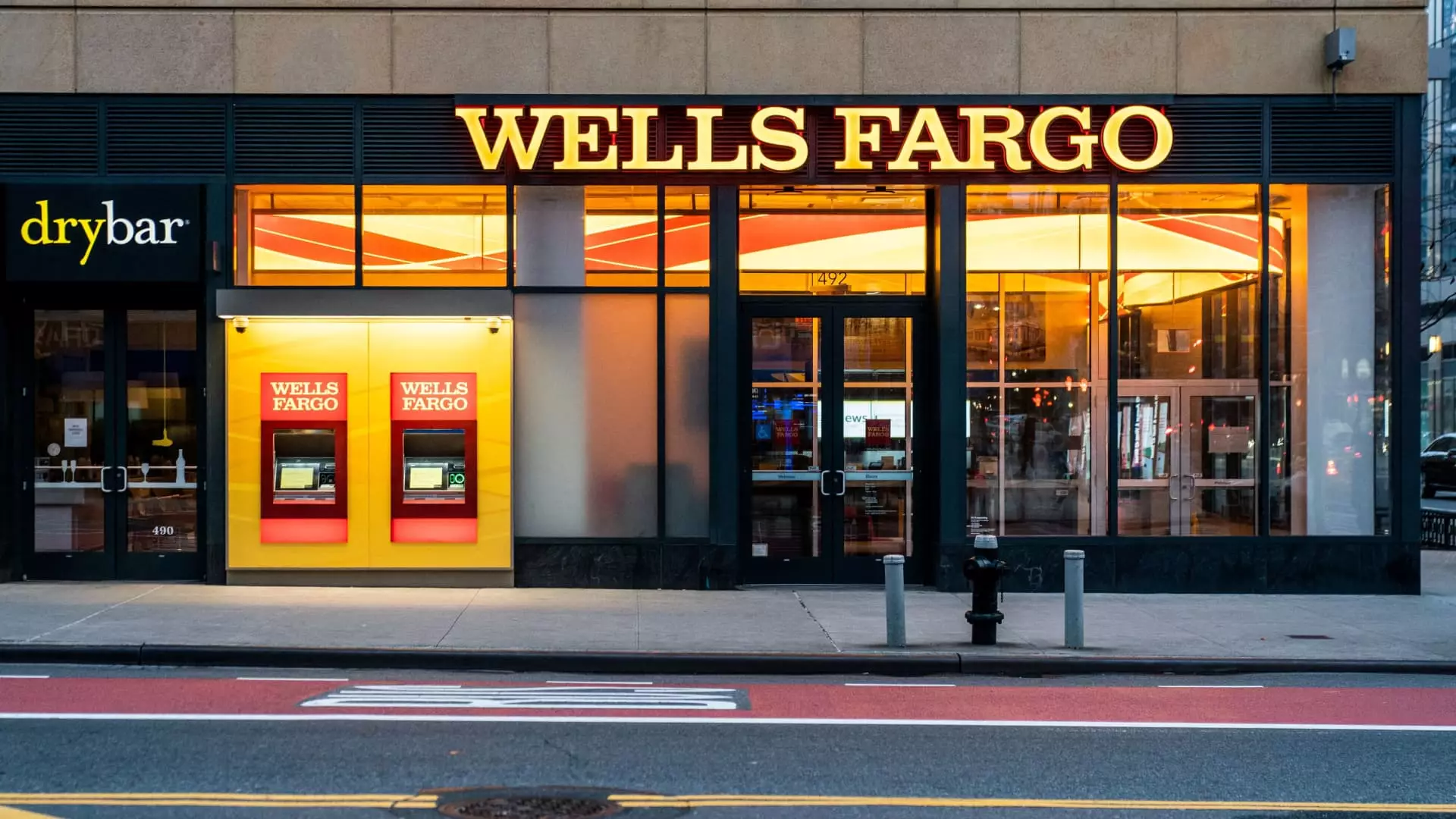Wells Fargo’s recent quarterly report paints a disconcerting picture that reverberates beyond the financial walls of the San Francisco-based banking giant. A decline in both revenue and net interest income has raised alarms among analysts, sparking rooted concerns about the bank’s long-term viability in a tumultuous economic climate. The stark reality is underscored by the fact that Wells Fargo’s earnings per share reached $1.33, surpassing expectations of $1.24. However, this marginal success fails to mask the hiccup in overall revenue, which plummeted to $20.15 billion while analysts had forecasted $20.75 billion. The crux of the issue? A staggering 3% revenue drop compared to the same period last year, posing serious questions about the bank’s growth trajectory as we plunge deeper into economic uncertainty.
The Shrinking Net Interest Income Dilemma
Perhaps most alarming is the 6% year-over-year decline in net interest income, which fell to $11.50 billion. For a bank, this metric is crucial as it reflects the health of lending practices and the demand for loans. The situation becomes graver when you consider that this revenue stream is typically stable during times of economic volatility. Wells Fargo’s struggles in this arena hint at broader issues in the lending landscape and serve as a bellwether for the banking industry at large. As interest rates fluctuate and policies adapt, relying solely on noninterest income may not be a sustainable strategy going forward.
Leadership Under Pressure
CEO Charlie Scharf’s statements reveal a troubling acknowledgment of economic headwinds exacerbated by unpredictable government policies. While it is commendable that Scharf calls for a resolution to trade barriers, one must wonder whether these corporate executives are sufficiently equipped to navigate a landscape fraught with volatility. His reference to the widening uncertainties resulting from the Trump administration’s actions signals an unfamiliar territory for a bank that has weathered its share of scandals. Scharf’s optimistic tone is undermined by the evident risks accompanying his stance—it’s a balancing act that could easily tip into chaos if the economic environment doesn’t stabilize soon.
The Cost of Buybacks Amidst Declining Revenue
Wells Fargo’s share buybacks in the amount of $3.5 billion, comprising 44.5 million shares, could warrant scrutiny. In light of the bank’s revenue decline, dedicating such substantial resources to buybacks raises questions about fiduciary prudence. Shouldn’t the focus be on solidifying the bank’s financial health rather than boosting stock prices artificially? With a provision for credit losses amounting to $932 million, the priorities seem misplaced. Strikingly, Wells Fargo still avows plans to manage credit risk effectively, but where is the demonstrable evidence of this in their current strategies?
A Banking Behemoth Facing Unprecedented Challenges
Wells Fargo finds itself at a crossroads, encumbered by external pressures and internal dissonance. The bank’s latest quarterly earnings serve as a stark reminder that even the largest financial institutions must adapt to evolving market conditions or risk stagnation. Balancing the immediate needs of shareholders with long-term operational health is no easy task, and Wells Fargo’s latest report underscores the urgent requirement for a robust reevaluation of strategy. Optimism must be exercised with caution as the challenges ahead loom larger than ever before.

